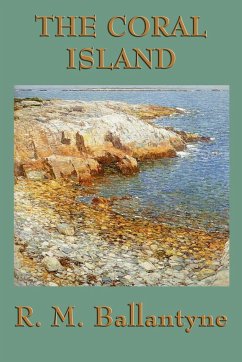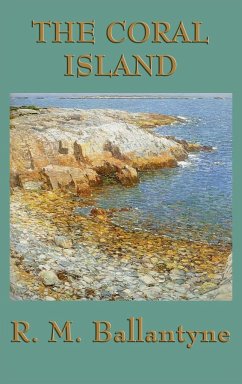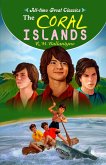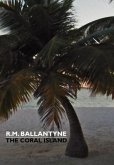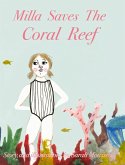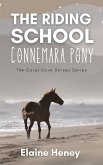Three boys, fifteen-year-old Ralph Rover, eighteen-year-old Jack Martin, and fourteen-year-old Peterkin Gay, are the sole survivors of a shipwreck on the coral reef of a large but uninhabited Polynesian island. At first their life on the island is idyllic; food, in the shape of fruits, fish and wild pigs, is plentiful, and using their only possessions, a broken telescope, an iron-bound oar and a small axe, they fashion a shelter and even construct a small boat.
Hinweis: Dieser Artikel kann nur an eine deutsche Lieferadresse ausgeliefert werden.
Hinweis: Dieser Artikel kann nur an eine deutsche Lieferadresse ausgeliefert werden.

